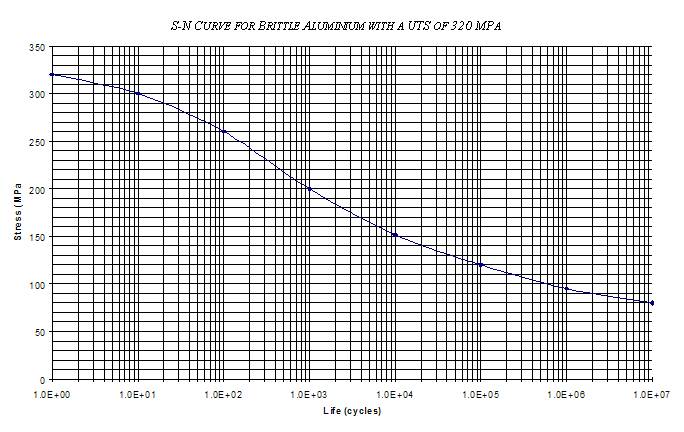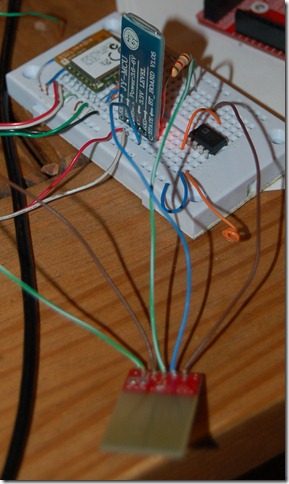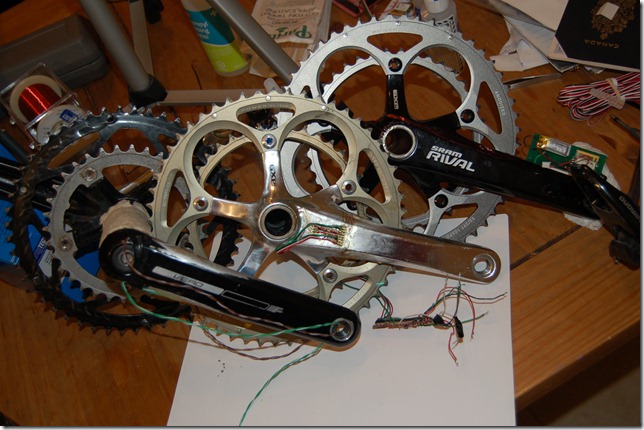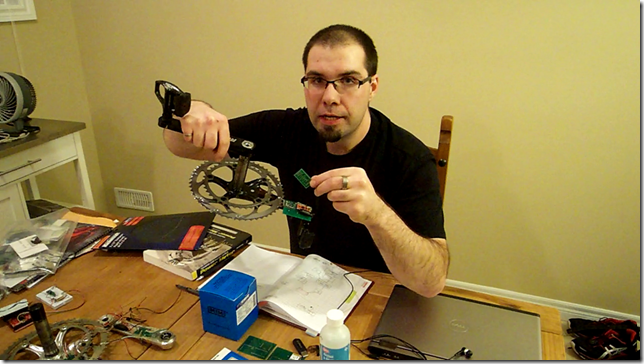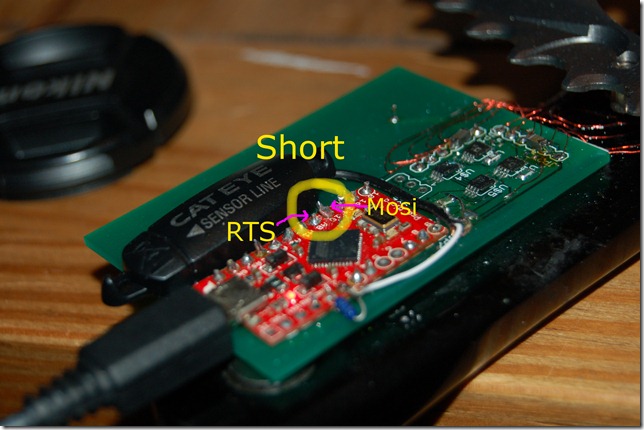Well now that V3 is complete I’ve turned to debating what to do. I placed up my BT to ANT+ adapter, though few seem to have interest in that, or perhaps it was all the Hackaday traffic overshadowing everything on my V3 How To.
I mentioned that I might be looking to reduce complexity of the analog side and switch to a Sigma-Delta instead of an SAR. They are slower for the same amount of power but higher accuracy and less noise.
Well the 1247 (two differential input) and the 1248 (4 differential input) have been ordered as well as DIP Breakouts for the TSSOP-20 and TSSOP-28 from Proto-Advantage. I’m not in a rush currently as I have some major decisions to make in terms of continuing the power meter project.
That being said, Josh at Josh.to, has some ADS1247 code that he’s using to build an espresso machine. Like myself just over a year ago, he’s currently swamped in grad school. The code he’s developed in that time will certainly speed up my execution of the use of the ADS1247.
One thing Josh mentioned to me was that in order to switch inputs I would have to send a reconfiguration command. I infer I’d have to do a single read and then switch back and do another single read. While it would max out at 2000sps over 2 inputs, I’m sure the overhead in telling it to switch inputs would reduce that down.
An alternative would be to have an ADS1247 do one strain gauge and possibly a temperature sensor, and an ADS1246 single differential input do the other strain gauge but use the Vref from the ADS1247. These chips are about 12 dollars each, but compared to the 18 for the ADS8321 and the supporting electronics it still ends up being cheaper and simpler.
V4 would likely be coupled to an nRF51422 and again attempt for coin cell operation. This would be a copy of the reference design.

